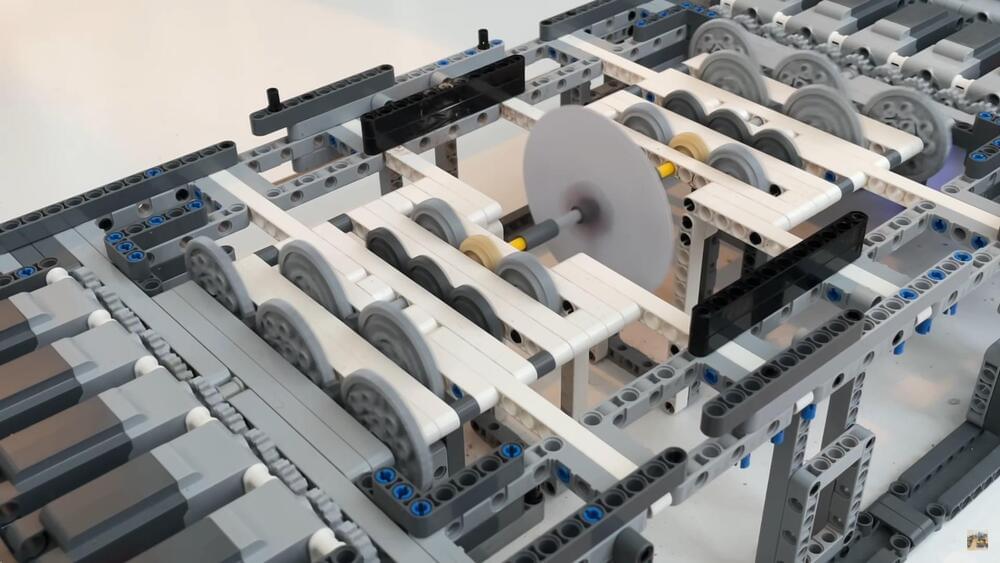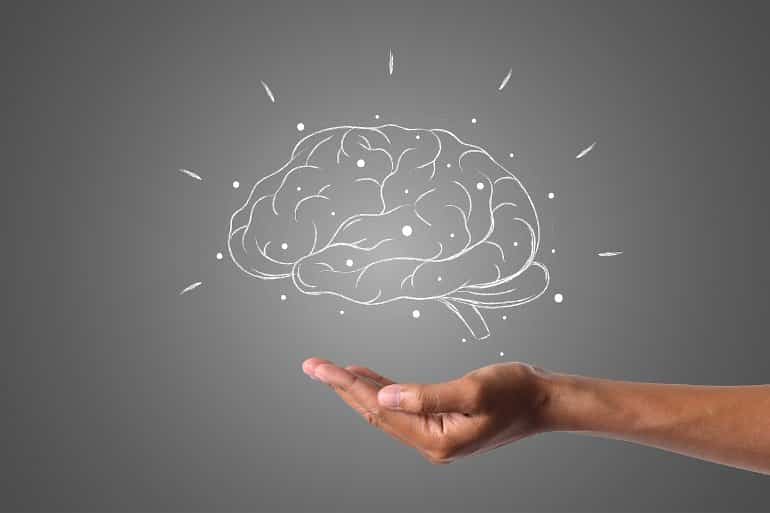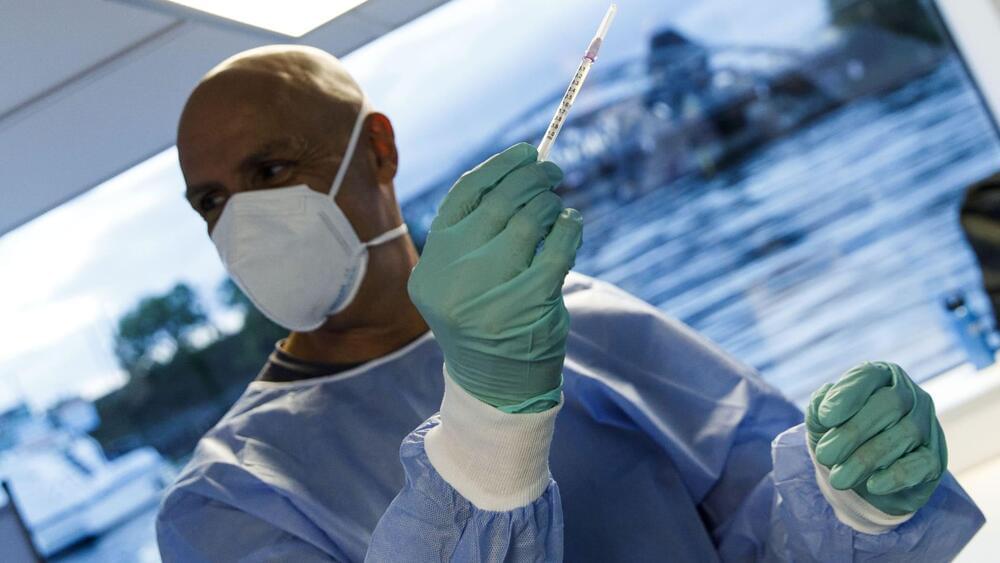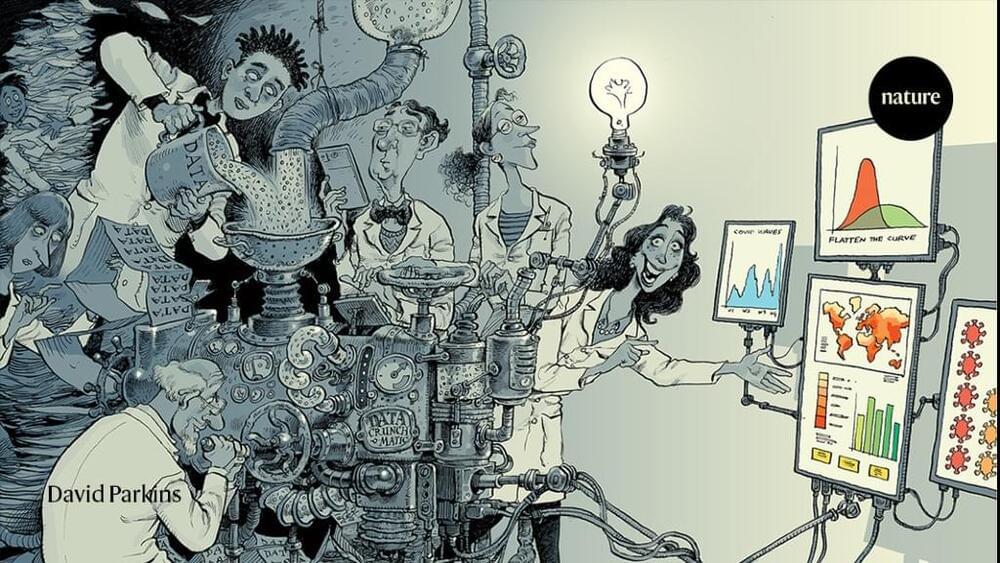Twenty Two Motors. Fifty gears. Eighty Two Hundred RPM. Hundreds of individual pieces, and one sheet of glossy paper cut into a disk. This isn’t a nightmare driven Rube Goldberg machine. Instead, it’s a Lego monstrosity created by [GazR] of [GazR’s Extreme Brick Machines!], and all of these parts are flying in formation for one Lego slicing purpose. In the video below the break, you can see what very well may be the worlds most powerful Lego and Paper table saw.
Starting out with a build that had a mere fourteen motors in a platform that looked quite a lot more like a table saw, [GazR] learned that having only fourteen motors turning a Lego based blade was not a good combination. In the next iteration, the same number of motors were used, but the gearing was increased to bring RPM up, and a Lego toy saw blade took care of cutting duties.
Seeing that higher speeds with thinner blades was a winning trend, [GazR] stepped it up to the aforementioned 8,200 RPM twenty-two motored paper whirling Lego Death Machine. Yes, [GazR] cut Lego, carrots, carpet, and paper-all with circular sheet of paper.









